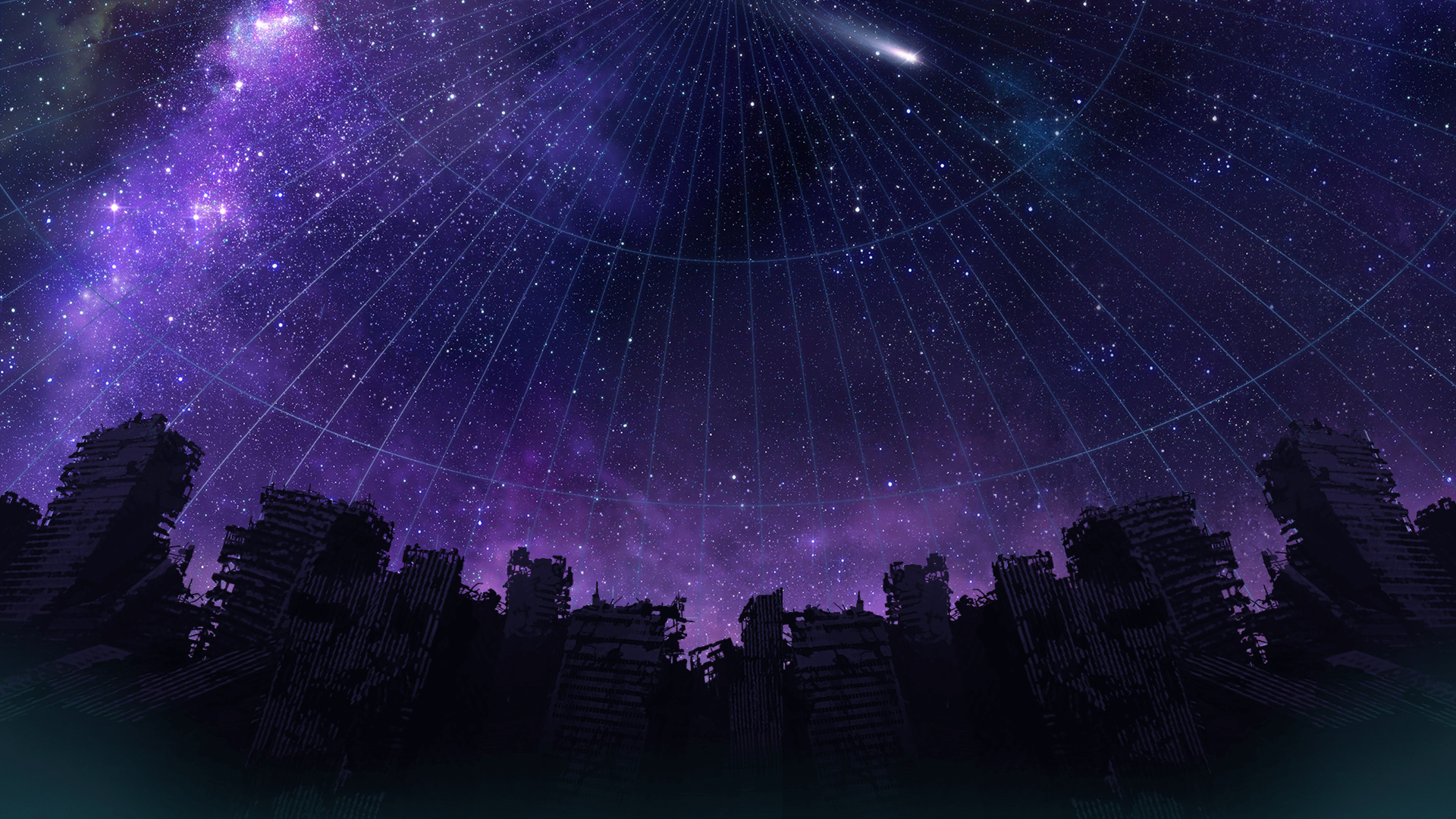One of the most notable difference between planetarian and Hoshi no Hito is how planetarian’s rain becomes snow. While it might not have that much significance in the overall plot, it does have some interesting connotations when considering certain characters and events in the world of planetarian.
Firstly, Cjlim mentioned in the Planetarian - General Discussion how rain/rain water is used to represent sin, and this concept is still relevant. At the end of planetarian, after the Junker leaves the city the rain starts to turn to snow. Given how the Junker’s goal is to help spread hope and faith throughout the world, the change of rain to snow shows how humanity is slowly starting to not be drenched by sin, or at the very least, sin is becoming less apparent in the world. Now let’s also consider the nature of snow. Snow is produced from rain when it reaches a cold enough temperature, and when it melts it becomes water. Using the previous logic, this symbolises how sin can potentially be reintroduced/become more apparent in the world under certain circumstances.
One thing to note is how the children are told not to go outside because of the snow. This is significant because when you think about it, if someone went back into a warm environment after being out in the snow, then that causes any snow brought in to melt into rain, symbolising sin to be reintroduced to a person. This might be a symbolic reason of why the adults don’t want the children to go outside. Contrastingly, the Junker/Stargazer starts out in the snow, and has most likely spent a lot of his life in the snow. Considering how he spends his life telling people about the stars, he most likely brings in snow into the warm environment, causing sin to be introduced. This is even shown in Hoshi No Hito when the adults discuss the Stargazer. They mention how they wish he could offer more in terms of goods among other things, and how he is just another mouth to feed. It is most likely the case that the adults have rarely if not never had to go outside because they have enough resources inside the church, so this can be represented as characters living with a lack of sin. When the stargazer came into the church, he also brought concepts of sin with him, causing it to become more prominent within the adults. As to why sin isn’t prominent within the Stargazer, this might be because of his strong faith, or significant exposure to the endless rain that came before the snow - he has accepted sin, but that doesn’t stop him from wanting to help humanity gain faith. The children aren’t affected by this either because they have already been exposed to sin since they’ve gone outside before and thus they consider sin a natural part of them, or because the Stargazer gave the children faith in the stars.
Next thing I want to mention is how snow affects Hoshi No Hito’s environment. Snow is the one of the few weather conditions that conceals the environment. An example of this is how the three children find a rosary when digging through the snow. If we consider the events in Jerusalem, given how Hoshi no Hito and Jerusalem most likely take place in the same location, it is most likely that the rosary found by the children is either Salinger’s or an ornament from the religious group based at the church. What’s interesting about this is how both these things are associated with sin. I already mentioned in my Jerusalem post how Salinger presents the seven deadly sins, and the religious group that used to be based at the church is most likely the same one who wanted the Achtneun unit that had the ability to kill people. So in this case, snow is used to conceal sin, which could be symbolic of how humanity wants to avoid repeating the errors of the past and work towards a better future. However, in Tircis and Amante the earth is frozen, representing an Earth where all sin is concealed (most likely because all of humanity had already died), so even though sin was concealed, humanity still ended up dying. This presents the concept that sin must be accepted in order to live.
So snow is quite significant when consider how sin is presented in Hoshi no Hito. I personally interpret all of this to show how one can only grow by accepting sin as a part of them. While the transformation of rain to snow may represent how sin is disappearing from humanity, Hoshi no Hito expresses that it is only those who have accepted sin as a part of them can grow, and make humanity better.
